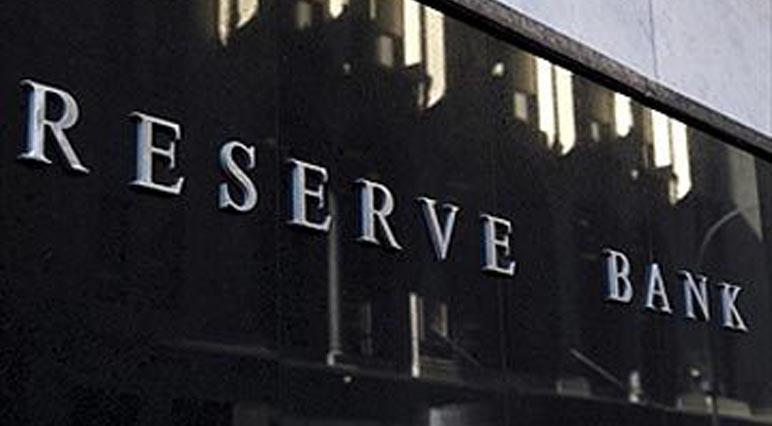
Reserve Bank cuts cash rate to 1.5 per cent
The Reserve Bank is rapidly running out of ammunition to stimulate the economy, cutting the official cash rate by 25 basis points to a new historic low of 1.5 per cent.
The central bank last moved in May with a shock Federal Budget day cut to 1.75 per cent, citing weak inflation data, after 12 months of leaving rates on hold.
The move is good news for borrowers but comes as yet another kick to retirees, who have had the interest earned on their savings accounts wiped out by 12 rate cuts since 2011.
“If you had a $300,000 mortgage with an average standard variable rate of 4.93 per cent and manage to get the full discount of 0.25 per cent off your interest rate, this could pocket you almost $50 per month, or a whopping $16,325 over the life of your loan,” said Graham Cooke, insights manager at comparison website www.finder.com.au.
However, for a saver with a 12-month term deposit at the average rate of 2.58 per cent, a 25 basis point cut would reduce their income by $750 for a $300,000 deposit and up to $1250 for a $500,000 deposit, according to Canstar.
Finance commentator Alan Kohler described the cut as “another cruel blow to retirees”.
“Self-funded retirees are being forced into riskier and riskier assets to try to add some meat to the three veg on their dinner plates, so [RBA] Governor [Glenn Stevens] and his colleagues can do their macroeconomic duty,” he wrote on Monday.
Economists had tipped further weak June quarter inflation data and a stubbornly high Australian dollar would force the RBA to cut again, despite fears of reigniting the housing market.
LJ Hooker chief executive Grant Harrod said the cut, combined with capital city price growth in the June quarter, would spur listings ahead of the spring selling season.
“We’re now a month away from the peak selling season and the RBA’s move will motivate buyers even further,” Mr Harrod said.
He said the shortage of stock had underpinned median house price growth over the three months to June of 5.6 per cent in Sydney and 3.5 per cent in Melbourne. “Most pundits thought Sydney and Melbourne’s price growth would slow over the year — especially over winter. But very few anticipated the levels of new stock would be so low,” he said.
CoreLogic [www.corelogic.com.au] Property Data and Analytics head of research Tim Lawless said the slowdown in dwelling value growth had made it easier for the RBA to cut the cash rate for the second time this year.
“CoreLogic’s hedonic home value index reported a 6.1 per cent annual rise in capital city dwelling values over the year ending July, which is the lowest rate of annual growth since September 2013 and substantially lower than a year ago when dwelling values were rising at almost double the pace,” he said.
“The annual trend of growth in Sydney has more than halved over the past 12 months, falling from 18.4 per cent in July last year to 9.1 per cent over the past 12 months.”
Mr Lawless said presuming the rate cut was passed onto mortgage rates, there would likely be a renewed level of scrutiny of the housing market, with policy makers wary of a reversal in the slowing growth trend.
“A resurgence of growth could trigger a new round of regulations from APRA aimed at limiting growth in investment lending [or] tightening loan-to-valuation ratio requirements for lenders,” he said.
“The latest interest decision is likely to keep a base level of demand across the housing market, however other factors such as affordability constraints, higher supply levels, tighter lending conditions and weak rental markets are likely to see growth conditions continue moderating back to more sustainable levels.”
This story first appeared on News Limited 3:19pm August 2, 2016.
